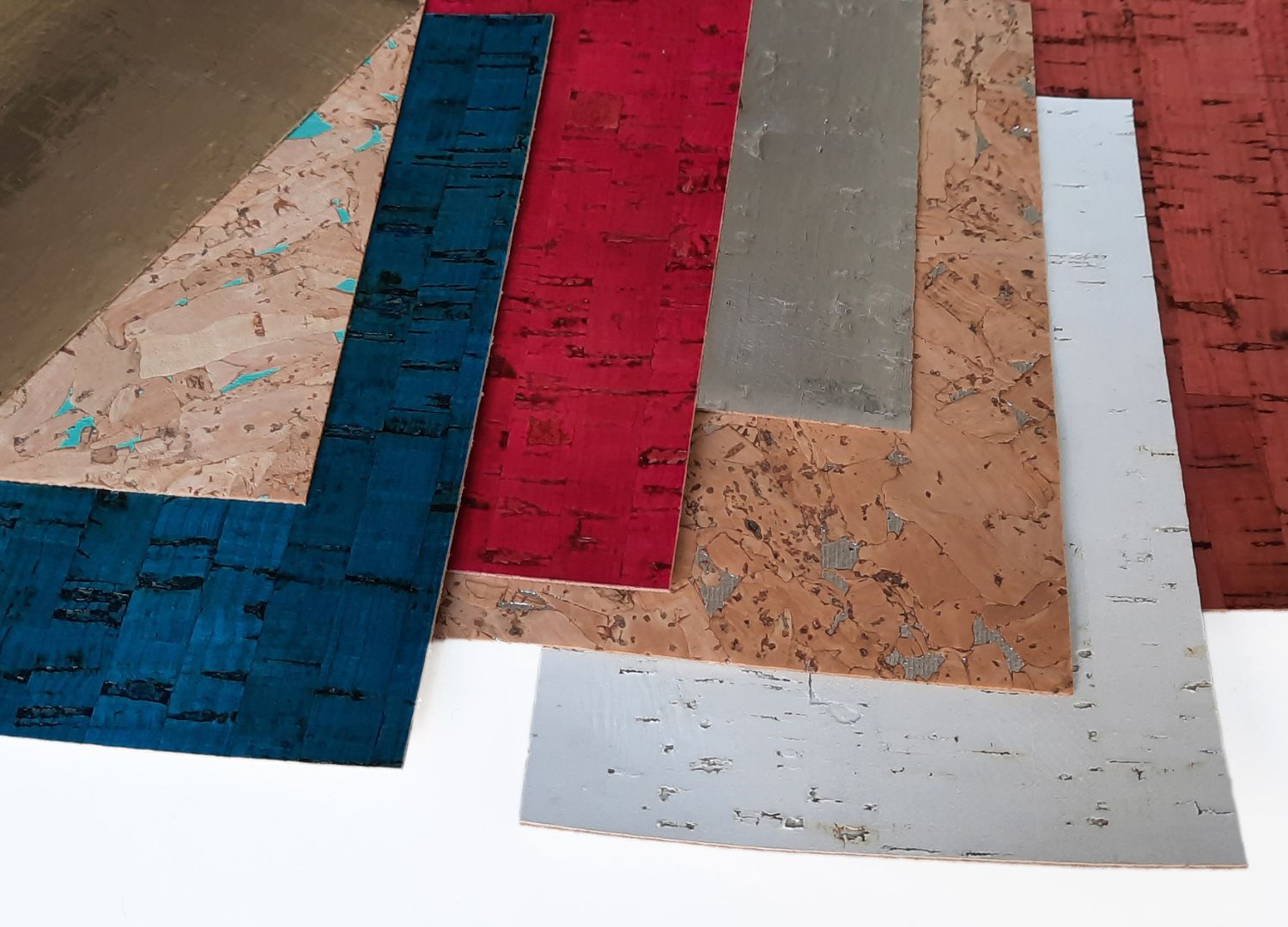In the realm of design and manufacturing, the concept of sustainability has evolved from a mere trend to an essential pillar of responsible production. Marco Capellini, the visionary behind Matrec, a material database specializing in sustainable materials for the industry, understands this transition better than most. His journey towards promoting sustainable design began in 2002, when the urgency of addressing environmental concerns was not as widely recognized as it is today.
Shifting Perspectives: From Awareness to Action
Capellini embarked on his mission at a time when spreading awareness about sustainability was challenging. Governments and associations were not yet fully attuned to the environmental implications of consumerism, making it difficult to engage with companies on the topic. Undeterred, he sought to educate designers and companies about the importance of integrating sustainable practices into their processes.
Bridging the Gap Between Design and Industry
Matrec’s pioneering approach aimed to bridge the gap between design ideals and industrial realities. By providing a comprehensive database of sustainable materials, Capellini empowered designers to make informed choices that aligned with environmental values. However, he recognized that true transformation could only occur if companies embraced sustainability as a strategic imperative, rather than merely a moral obligation

Cultivating Sustainable Culture
For sustainability to become ingrained in the fabric of industry, it must permeate every level of organizational culture. Marco Capellini emphasized the importance of fostering a sustainable mindset within companies, from design departments to production floors. This shift requires a concerted effort to prioritize ethical and strategic considerations over short-term gains.
Towards a Circular Future
Today, the landscape of sustainable design is evolving, propelled by initiatives like the European Commission’s circular economy strategy. Companies are increasingly recognizing the importance of transparency and authenticity in their sustainability efforts, steering clear of superficial eco-friendly gestures. Instead, the focus is on longevity, durability, and product affectivity, ensuring that every design decision contributes to a circular future.
Conclusion: Designing for Tomorrow
As we navigate the complexities of a rapidly changing world, the role of sustainable design has never been more critical. Marco Capellini, under the guidance of Marco Capellini, continues to lead the charge towards a future where sustainability is not just an aspiration but a fundamental principle of design. By championing responsible practices and fostering collaboration between designers and industry, Matrec is paving the way for a more sustainable and equitable world.

Finally, find out more on ArchUp:


 العربية
العربية